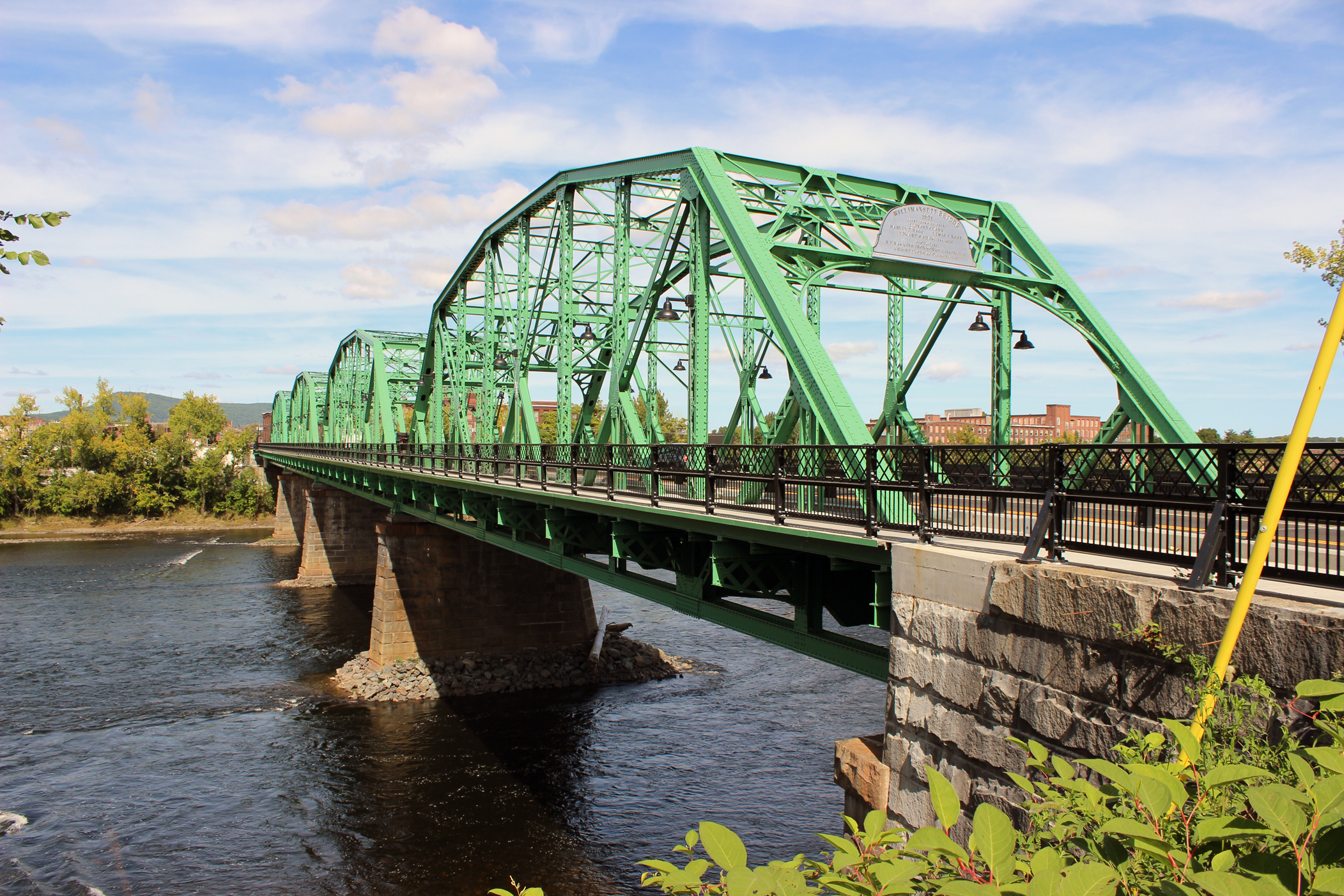Willimansett Bridge rehabilitation temporary works design
Steere Engineering was responsible for the design of the temporary works associated with the $28.6 million bridge rehabilitation project. The Willimansett Bridge is an 800 ft long structure with six (6) total spans, four of which consist of the Connecticut River and Pioneer Valley Railroad. The rehabilitation project involved the replacement of deteriorated bottom truss chords, steel floor beam and stringer repairs and complete deck and sidewalk replacement.
Steere Engineering, as the engineer for the contractor, was responsible for the design of the temporary works associated with the $28.6 million rehabilitation project. In order to meet the demanding construction schedule, the contractor needed to place construction equipment on the trusses during the bottom chord replacement procedure.
To facilitate this requirement, Steere Engineering performed in depth analysis of the existing trusses and gusset plates under live load to ensure resulting stresses were tolerable and would not result in buckling of the gusset plates or over stressing of the remaining members. In order to safely accommodate the required live loading, temporary timber bracing was detailed to support the outstanding regions of gusset plates resulting from removal of the chord during replacement.
In addition to the analysis associated with the bottom chord replacement procedure, Steere was responsible for the development and design of the demolition procedures associated with the replacement of the deck, sidewalk and stringers, and the erection procedures for the stringers, floor beams and exodermic deck panels.
During construction, pedestrian access needed to be maintained at all times. To meet this contract requirement, Steere designed a temporary pedestrian access structure located within the through truss that accommodated pedestrian across the six (6) spans during the construction.
Also, due to the environmental restructuring in the contract, Steere developed the design and details for a floating access platform composed of mabey mats. The platform allowed equipment to drive on the river to deliver riprap revetments to the piers without restrictive water control.
Location: Chicopee & Holyoke, Massachusetts
Owner: Massachusetts Department of Transportation (MassDOT)
Timeline: Design Completed in 2011; Construction Completed in 2015



